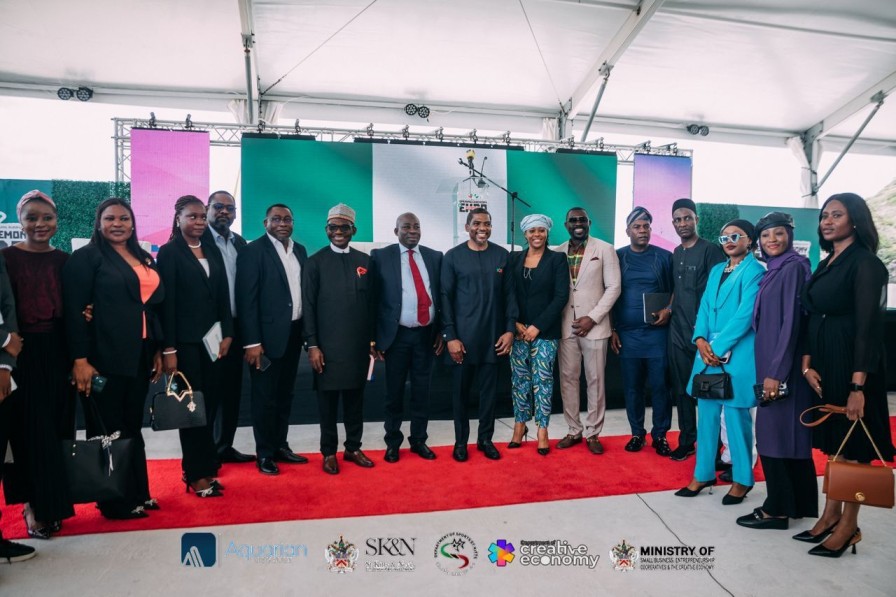PROTECT YOUR DNA WITH QUANTUM TECHNOLOGY
Orgo-Life the new way to the future Advertising by AdpathwayBrazil’s automotive market now faces the full impact of its open-door policy toward Chinese automakers. The phrase from The Sorcerer’s Apprentice “The spirits you called, you can no longer get rid of” captures the current situation.
After the rapid expansion of BYD and GWM, Geely has returned to Brazil, intensifying the competition and reshaping the industry. Geely re-entered the Brazilian market in June 2025, ending a nine-year absence.
The company imported 680 electric vehicles and partnered with Renault to explore local production in Paraná. Geely’s EX5 model now appears in 22 shopping centers, introducing the brand to Brazilian consumers.
The partnership with Renault, still pending regulatory approval, signals Geely’s intent to establish a long-term presence in the country. BYD has already made a strong mark.
The company opened a factory in Bahia and began producing models like the Dolphin Mini and Song Pro. BYD now holds over 5% of Brazil’s retail vehicle market and has sold more than 130,000 vehicles since 2021.
 The Spirits You Called: After BYD and GWM, Geely Floods Brazil. (Photo Internet reproduction)
The Spirits You Called: After BYD and GWM, Geely Floods Brazil. (Photo Internet reproduction)GWM has committed to investing R$10 billion in a São Paulo factory by 2032. The port of Paranaguá has become a key entry point for these vehicles, with a 20% increase in imports in early 2025 compared to the previous year.
This surge of Chinese vehicles has raised concerns among Brazil’s traditional automakers. The National Association of Motor Vehicle Manufacturers reported that imports accounted for 54% of market growth in May 2025, while local production dropped by nearly 6%.
Industry groups and labor unions warn that the influx of imports threatens jobs and investment in the domestic supply chain. High interest rates, with the Selic at 15%, and rising loan defaults in the automotive sector add to the pressure.
The Brazilian government has started to reinstate import tariffs on electric vehicles, aiming for a 35% rate by July 2026. However, current policies still allow significant duty-free imports, which Chinese companies use to expand their market share.
This trend reflects global dynamics. China’s electric vehicle market is saturated, so manufacturers seek new markets. High tariffs in Europe and the United States have made Brazil a more attractive destination.
The story behind these numbers is straightforward. Brazil welcomed foreign competition, hoping for innovation and consumer choice. Now, the country must balance these benefits against the risk to its own industry and jobs.
The influx of Chinese vehicles brings lower prices and more options for consumers, but it also puts local manufacturing at risk. The decisions made now will shape Brazil’s economic independence and industrial future.


 1 week ago
6
1 week ago
6










 English (US) ·
English (US) ·  French (CA) ·
French (CA) ·  French (FR) ·
French (FR) ·